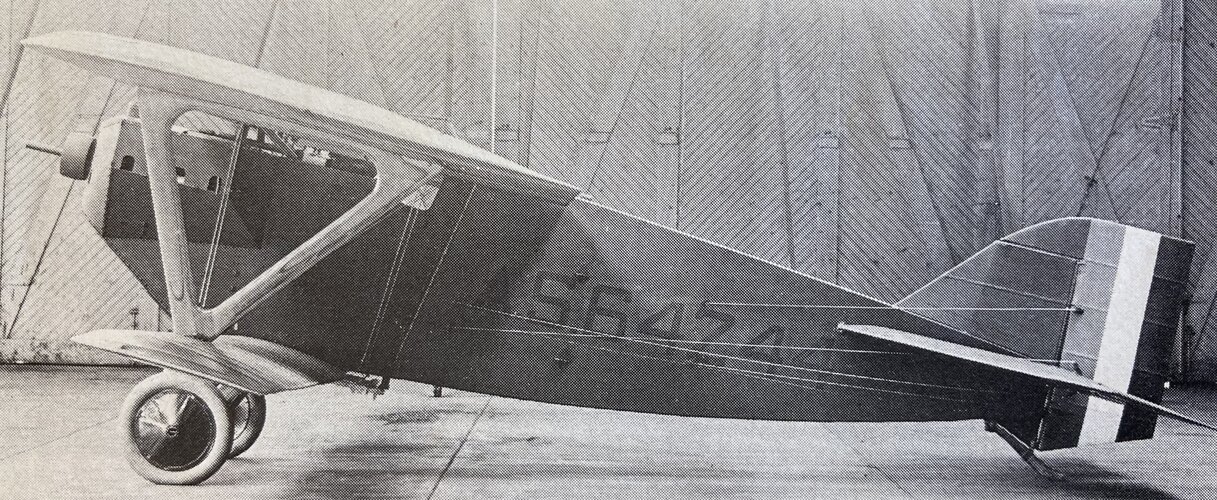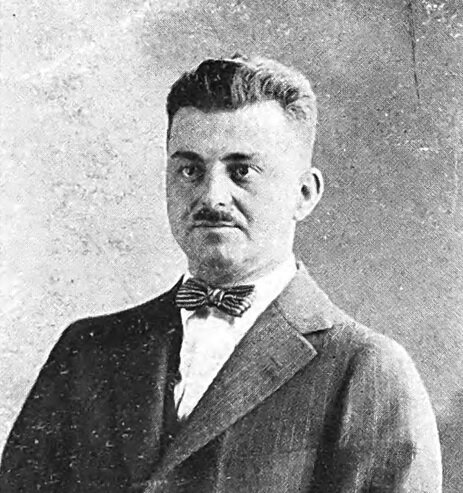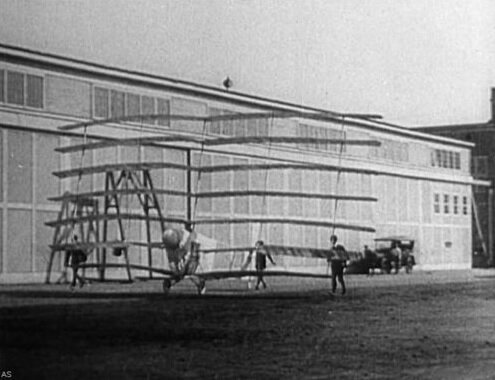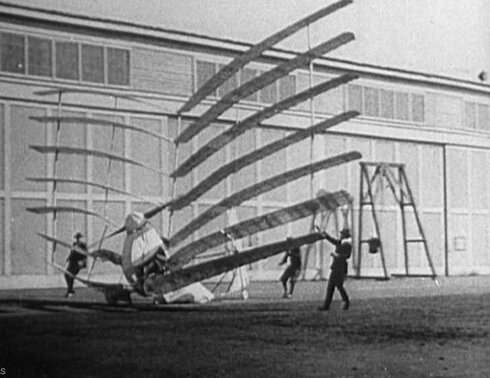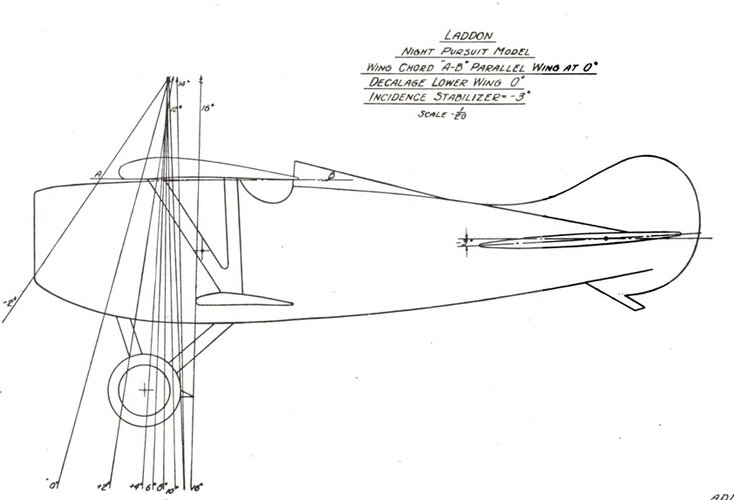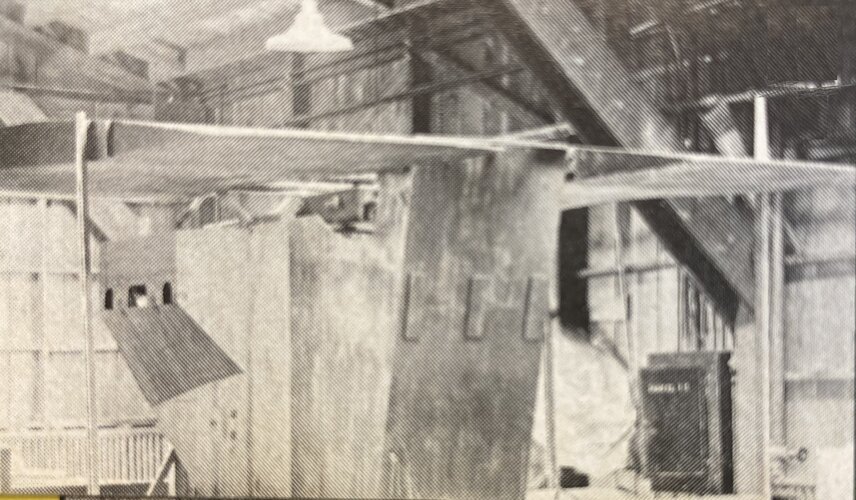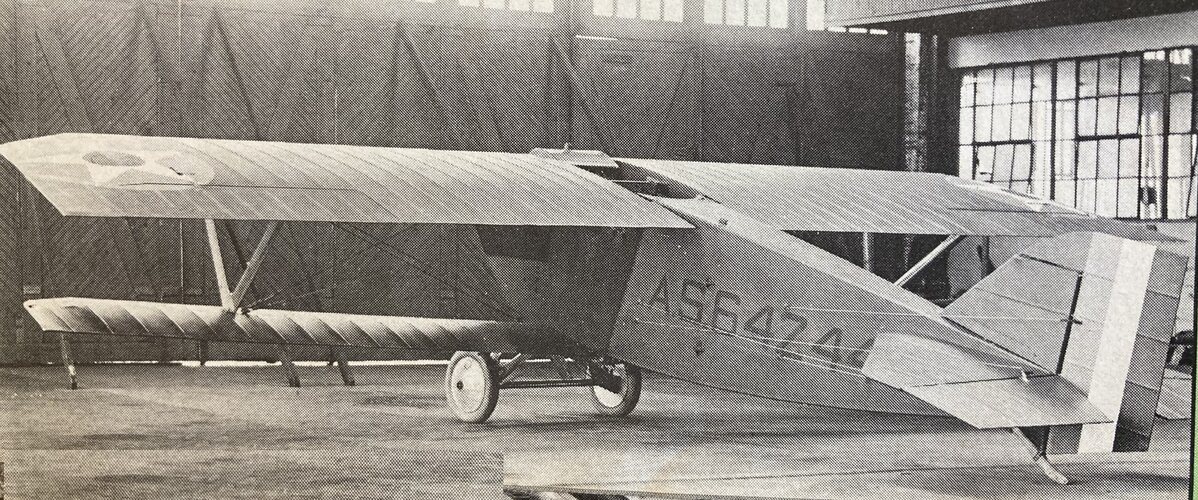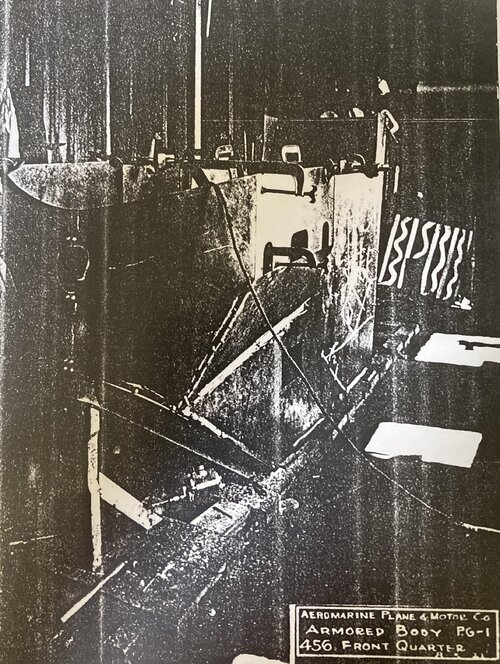- Joined
- 29 July 2009
- Messages
- 1,633
- Reaction score
- 1,958
Aeromarine Plane & Motor Co., and principal of Aeromarine Airways, developed training aircraft for the US Navy during WWI. After the war they attempted to capitalize on a number of Curtiss HS-2L and F-5L surplus seaplanes by converting them into civilian 'aerial yachts' for their airline. However, at the height of their success Aeromarine developed the first US multi-role pursuit and ground attack aircraft, known as the PG-1. Unfortunately, the aircraft did not perform as well as expected and was lost in a fire that consumed one of Aeromarines manufacturing plants.



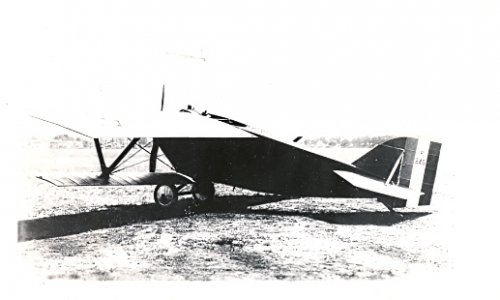







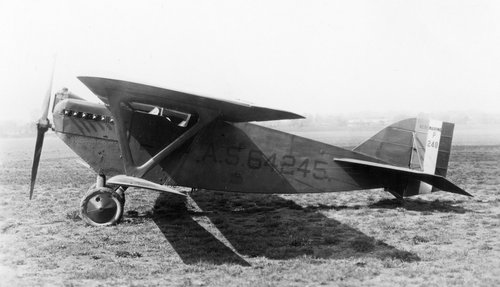
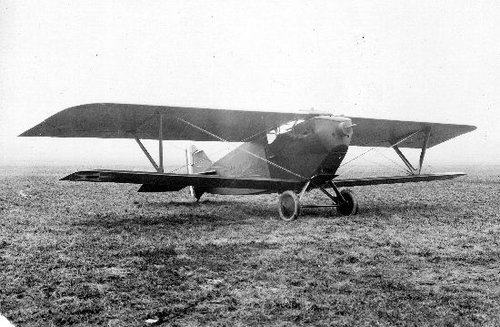
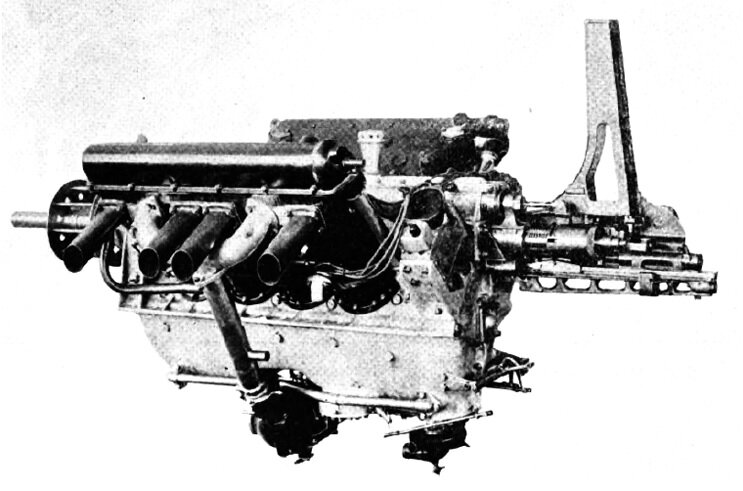
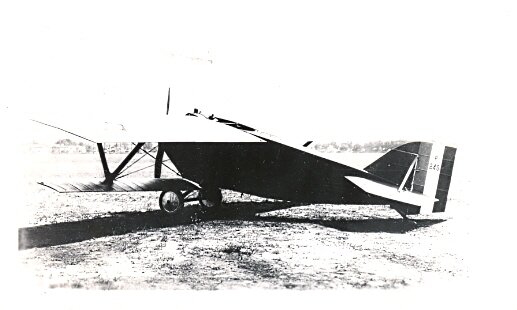
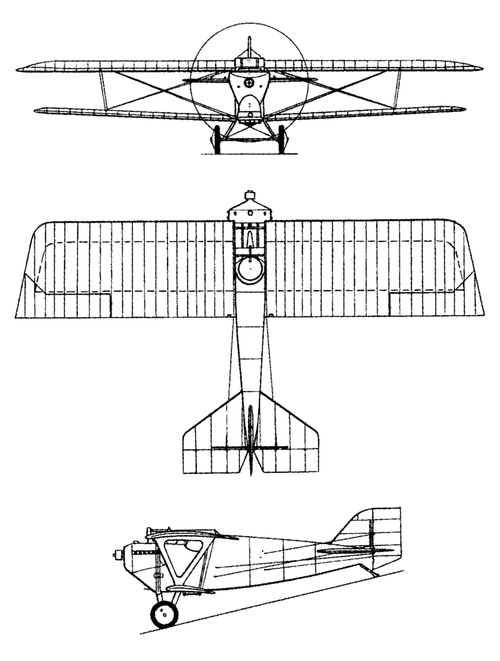



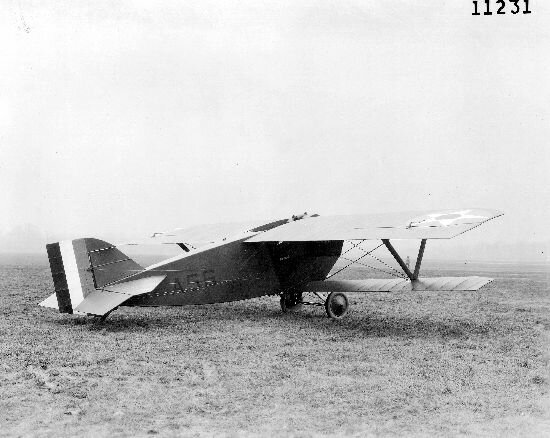

![Aeromarine PG-1 [P-240].jpg](/data/attachments/261/261373-69425608e9edce7d00b7707a0c575f35.jpg)


